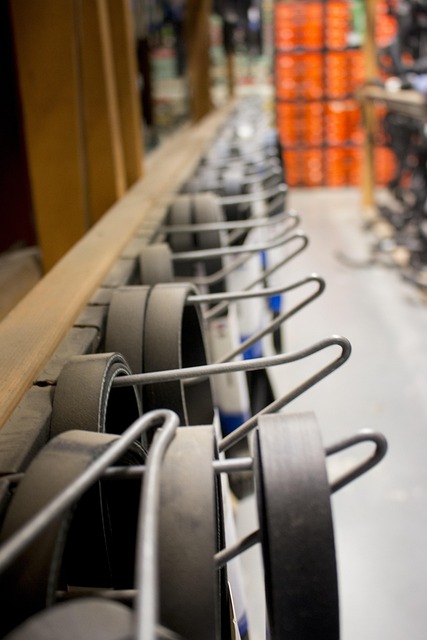Decoding the Popularity of Androgynous Fashion
Fashion has always been a reflection of the times, a mirror that reflects society's cultural, political, and social shifts. Androgynous fashion, characterized by its disregard for traditional gender norms, has been making waves in recent years. This isn't a new phenomenon—think of Marlene Dietrich donning a tuxedo in the 1930s or David Bowie's glam-rock style in the 1970s. However, the recent surge of interest in androgynous fashion points to a broader societal shift towards embracing gender fluidity and challenging the binary.

The Rise of Androgynous Fashion
Androgynous fashion can be traced back to the 1920s and ’30s, when women began wearing trousers, a garment traditionally associated with men. This was a radical departure from the corseted dresses that defined women’s fashion during the Victorian era. The 1960s and ’70s saw a further breakdown of gender norms in fashion, with the advent of unisex clothing and the popularity of musicians like David Bowie and Prince, who championed an androgynous aesthetic.
In recent years, the fashion industry has seen a resurgence of androgynous style. High-profile celebrities like Janelle Monáe, Tilda Swinton, and Harry Styles have embraced gender-neutral clothing, influencing their millions of followers. Major fashion brands are also responding to this trend, with Gucci, Saint Laurent, and Zara releasing gender-neutral collections.
Androgynous Fashion Today
Today’s androgynous fashion is less about borrowing from the opposite gender and more about blurring the lines altogether. It’s not uncommon to see women in tailored suits and men in skirts or dresses. This reflects a broader societal shift towards accepting and celebrating gender fluidity.
A recent study by the Fashion Retail Academy in London found that 56% of people aged 18-35 prefer to shop in stores without gendered sections. This trend can also be seen online, with fashion retailers like ASOS removing gendered categories from their websites.
The Appeal of Androgynous Fashion
One of the main appeals of androgynous fashion is its inherent challenge to traditional gender norms. It allows individuals to express their identity beyond the binary and encourages the acceptance of a more fluid understanding of gender.
Furthermore, androgynous fashion can be a form of protest, a way for individuals to challenge societal expectations and norms. It encourages people to question the arbitrary nature of gendered clothing and calls for a more inclusive and diverse fashion industry.
Practical Androgynous Fashion Tips
-
Start with gender-neutral basics: Opt for pieces like button-down shirts, blazers, and jeans that can be dressed up or down.
-
Accessorize wisely: Scarves, hats, and jewelry can add a touch of femininity or masculinity to an outfit, depending on how they’re styled.
-
Don’t be afraid to experiment: Androgynous fashion is all about breaking the rules, so don’t be afraid to try new combinations and push the boundaries of your comfort zone.
-
Confidence is key: The most important thing in androgynous fashion is to wear your outfit with confidence. Remember, fashion is a form of self-expression, so let your individuality shine.
In conclusion, the rise of androgynous fashion is a reflection of our times, mirroring a broader societal shift towards embracing gender fluidity. It challenges traditional gender norms and offers a fresh perspective on what fashion can be. As we move towards a more inclusive and diverse society, it’s likely that androgynous fashion will continue to grow in popularity. After all, fashion is never just about clothes—it’s a powerful form of self-expression and a reflection of our evolving society.






